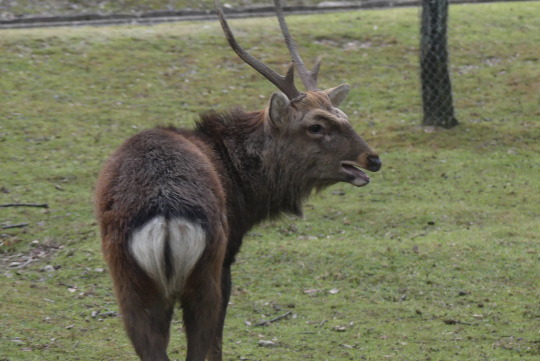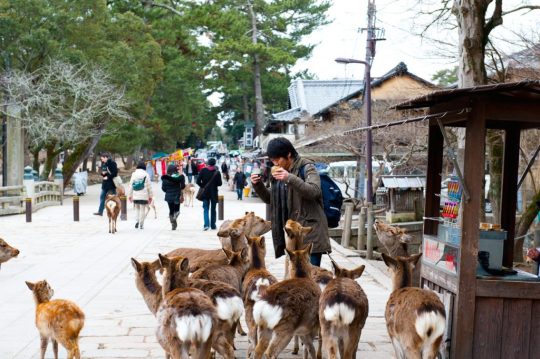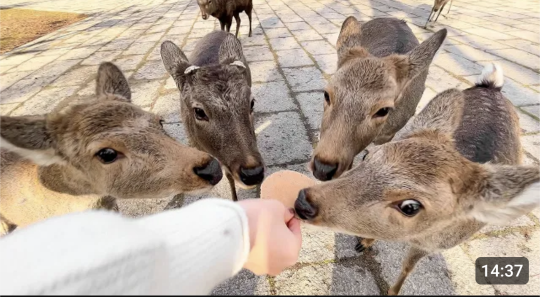#nara deer park
Text

Not BoB related but felt important to share
39 notes
·
View notes
Text
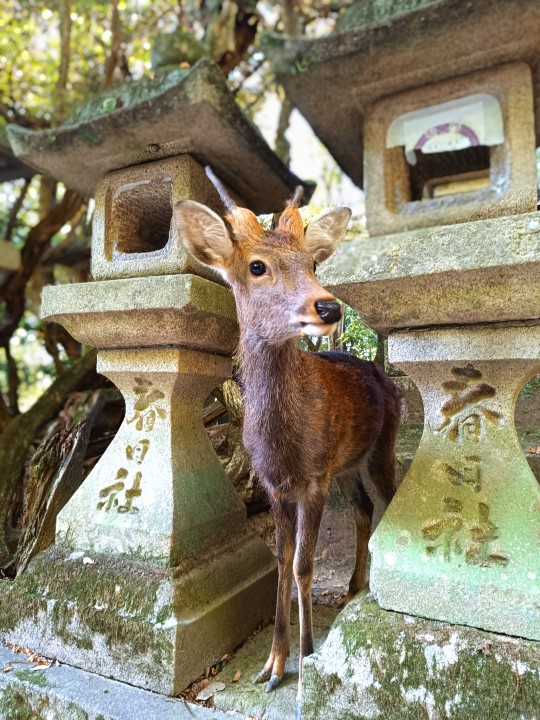
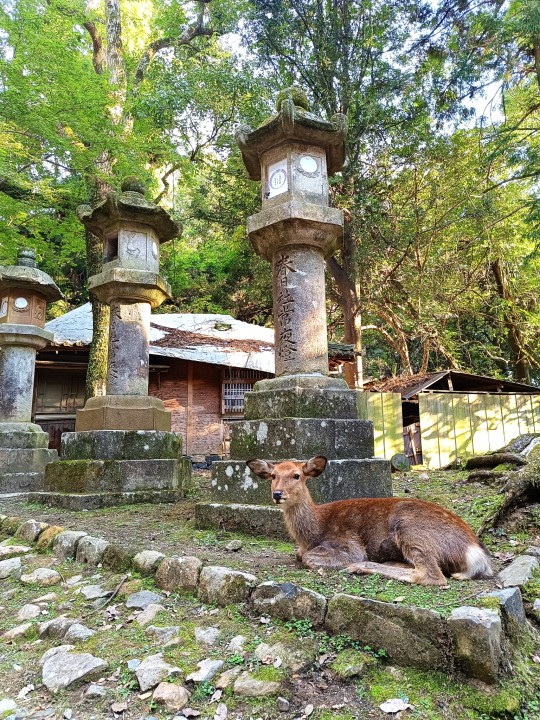

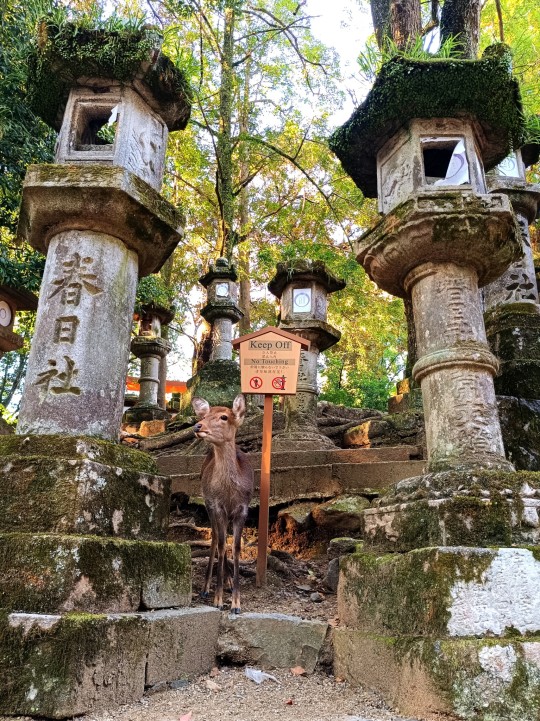
The deer of Nara ❤️🦌
#deer#nara#travel#japan#photography#nature#landscape#travel blog#japan travel#nara deer park#nara park
22 notes
·
View notes
Text

How do the deer know enough that 1) attack silly tourists have one set of crackers 2) don’t attack the vendors who actually have TONS of crackers
9 notes
·
View notes
Text

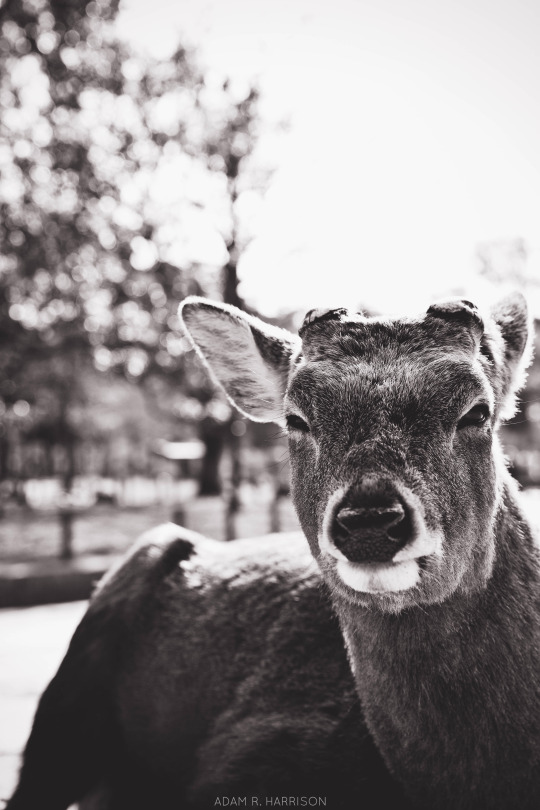
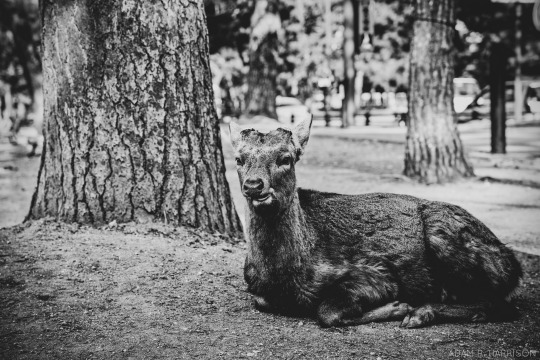


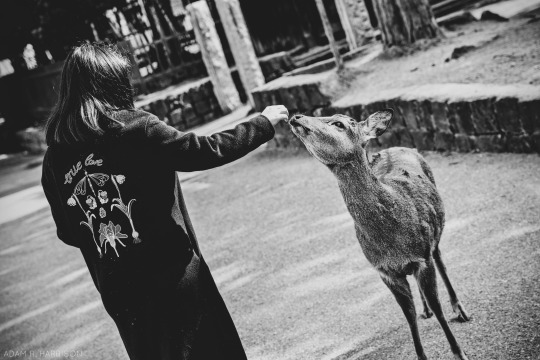
Harri's Travel Photography // Nara, Japan // January 2019
www.adamrharrison.com
#nara#nara park#nara deer park#deer#japan#japan photos#travel photography#travel#travelling#travel photos#travel photo blog#travel pics#toronto photographer#black and white#black and white photography#wildlife#wildlife photography
8 notes
·
View notes
Text
My Trip to Japan! ⛩️ Part 4
19.12.
We woke up early, had the funny breakfast, and took the suburban train to Nara. The impression we got from it is that it's a "normal" city. There are no major shopping miles like in Tokyo or Kyoto, just regular streets, even the pedestrian market-street. There are no shopping malls or big stores in the city center, only on the outskirts. We left our luggage at the hotel and went straight to Kasuga Taisha. It’s a beautiful Shinto shrine boasting more than 3000 votive fretworked bronze lamps, each of them different designs, hanging along the galleries of the main temple. These are only lit three times a year, but the shrine has a dark room with a few lamps lit for visitors to enjoy its magical appearance. In a corner of the garden, there’s a cedar tree about 1000 years old, depicted in a 14th-century scroll. A juniper tree grows diagonally from the roots of the cedar, for which part of the roof of the adjacent pavilion was cut to avoid hindering its development. In the same garden, in front of the goshuin office, there’s a gazebo with a 700-year-old wisteria.
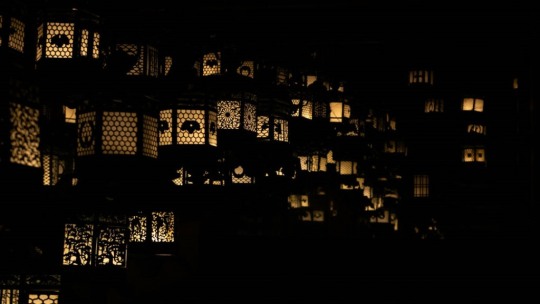

The shrine is at the foot of another sacred mountain, Mount Kasuga or Mikasa (Yes! Mikasa!), a place just as moving as Fushimi Inari. Several pavilions and shrines rise around the main hall, always at the foot of the mountain, which simple mortals cannot access because it’s the dwelling place of the gods. One of these subsidiary shrines is the Meoto Daikokusha, dedicated to two deities, husband and wife, so people come to pray for a happy marriage. The complex started to grow in the 8th century, when the emperor certified the sacred nature of the mountain and prohibited hunting and logging, which preserved the native forest in its primeval state to this day. Moreover, deer are considered messengers of the gods enshrined in the main hall, so this contributed to the unique fact that deer roam freely throughout the park.

Nara Park is a bit like Hampstead Heath: it extends over many hectares, crossed by several roads, and houses various temples and buildings. The difference is the deer, which are really everywhere (we even saw a stray one near our hotel!). I feared they would be vicious; I’ve read some alarming accounts, and the warning signs didn't help, but fortunately, they were pretty civil (for a wild animal ofc). Obviously, they’re on the hunt for crackers and always on the lookout for anyone who can give them a snack, but people respect the rule to feed them only the special deer crackers sold in shops and stands all around the park. The deer, meanwhile, aren’t stupid at all: although they flock around you the second they see you holding crackers, they leave the vendors alone, even if they have piles of crackers in plain sight. The deer also give up bothering you quickly once they see you’ve run out of "shikasenbei" (I’ve no proof and no doubts they’re formulated to have a very faint smell that doesn’t cling to hands).
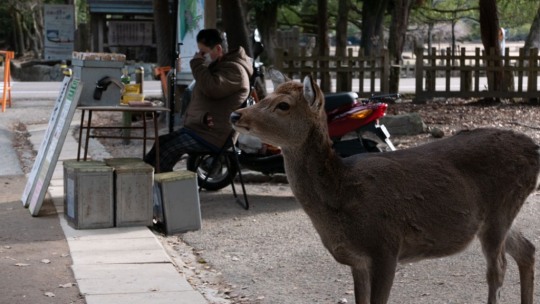
After visiting the shrine, we went up a bit a street that was supposed to have a lot of restaurants, but most of them were closed, we assume, due to being low season. The only place open was a souvenir shop with a diner area at the back. It was a typical roadside dingy diner, with a concrete floor; authentic 1970s furniture complete with Formica and fake leather; a mishmash of wonderfully kitschy decorations including, but not limited to, discoloured posters, deer antlers, various trinkets in their cellophane bags, statuettes of very questionable taste, cabinets that have never seen a duster, a sarong hung like a tapestry, a kerosene heater like my grandma's had, old furniture and stuff piled up in a corner, and a painting of a tiger so ghastly it gave Husband mild PTSD. In this unique place, we enjoyed one of the best meals, if not the best, of the whole trip: homemade katsudon and oyakodon, very tasty, with the ever-present miso soup on the side, and the Ojiisan making random comments ("Spain? Oh yeah, I visited Madrid long ago. Pesetas, they had." "Argentina, football"). And all for the price of a McDonald's menu in Europe. In the back, you could see a huge dining room, so during high season, the crowds must be significant.
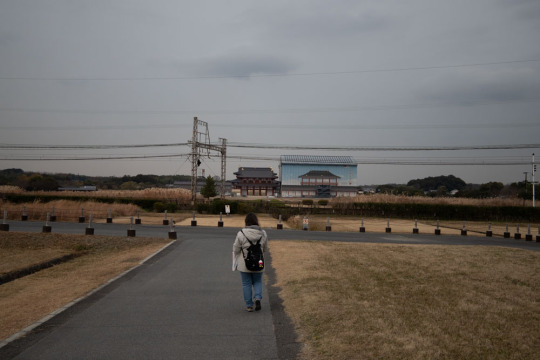
After eating, we went to Kofuku-ji, which was a bit of a downer as the main hall wasn’t worth the ¥500 entrance fee (unless you're a huge Buddha fan ig). We could have just seen it from the outside and walk around the minor halls, which are free. We then took a bus to the outskirts, to the ruins of the Nara Imperial Palace. It’s a gigantic site (about 145 hectares) where, for the past 25 years, they have been slowly rebuilding the dependencies of the ancient palace, one pavilion at a time. It's an impressive job of archaeology, engineering, restoration, and craftsmanship, and it’s entirely for free though we wouldn't have minded paying an entrance fee here. Currently, there are three pavilions rebuilt, and they’re building the fourth under a roofed scaffolding with a platform for people to peek into the building site. 21st-century engineering and safety standards meet 8th-century construction techniques to achieve a reproduction as close to the original as possible. We also saw the reconstruction of the service dependencies and the museum space they have around the archaeological excavations. We didn't cover everything; it would have been a titanic undertaking, and the cold and wind were starting to take a toll on us. So we returned to the city and went to see the shops, staying mainly on the covered pedestrian street because of the drizzle. It turns out, everything closes at seven in Nara (except for large drugstores, gachapon, and the like), so we got into a ramen place for dinner. It seemed like the safest bet, but it wasn't. What a let down! The broth was so bland not even soy sauce made a difference. It was the most disappointing meal of the trip. How can you open a soup joint and not have a decent broth?

20.12
We started the day at Todai-ji. The entrance fee was high compared to what we'd been paying elsewhere. I get the feeling that the people of Nara might still be a bit salty about losing their status as capital city of Japan, which they held for only 75 years in the seventh century. Nara is only an hour away by suburban train from Kyoto and Osaka; it’s not on the Shinkansen line. I think this must result in most visitors coming just for the day. There probably aren't many like us, spending two days there while exploring all the heritage sites, and that's why the city lacks the touristic infrastructure of its neighbours.

The main hall of Todai-ji, the Daibutsu-den, houses a 15-meter bronze statue of the Buddha Vairocana. It was destroyed twice. The third and current building, built in the 18th century, is 30% smaller than the previous one, and yet still manages to be the world's largest wooden structure. Behind the Buddha, one of the columns has a 50 cm wide hole at its base—the size of the Buddha's nostril. It is said whoever manages to pass through the hole will attain enlightenment. After visiting the temple and the museum, we spent some time strolling through the park and feeding shikasenbei to the deer. We had a delicious lunch at a yakitori place, Shikamaru, which played the whole Beatles discography on full random.
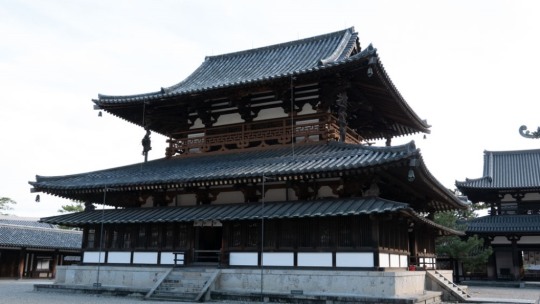
In the afternoon we went to Horyu-ji, outside Nara. This Buddhist temple is made up of the oldest wooden buildings still standing: from the 8th century to our days. Again, though the entrance ticket price was normal to cheap for European standards, it was expensive compared to other temples. Still, the temple’s very nice, and even being a novice in Japanese architectural heritage you can tell the style’s a bit different from newer ones. We also were treated to a glimpse of Japan way off the beaten track: Horyu-ji is in a semi-rural village, complete with a handful of run-down shops around the train station, many of them closed; supermarkets and warehouse-type businesses along the main road, or shops scattered without a defined shopping mile. Low houses, vegetable patches, kids on bikes, very few people on the streets. I’ve seen a lot of little towns like this. I like it how some places are the same everywhere you go, no matter how different we make them out to be.

We spent the rest of the afternoon window-shopping - On the plus side, there was this gacha at the local Animate! ⬆️
3 notes
·
View notes
Text
Nara, Japan is home to 1,200 of the most famous deer in the world. Tourists flock to Nara Park to get up close and personal with some of the nation’s most ethereal animals, and even British rock band alt-J count themselves as fans, dedicating not one, not two, but three tracks of their 2014 album This is All Yours to the experience of visiting. If you count yourself as a cervidaephile, Instagram aficionado, or just want to experience a slice of the seemingly magical wilderness in the middle of a city—good news, planning a day trip to Nara is as easy as a (literal) walk in the park.
(read more)
2 notes
·
View notes
Text
🌸
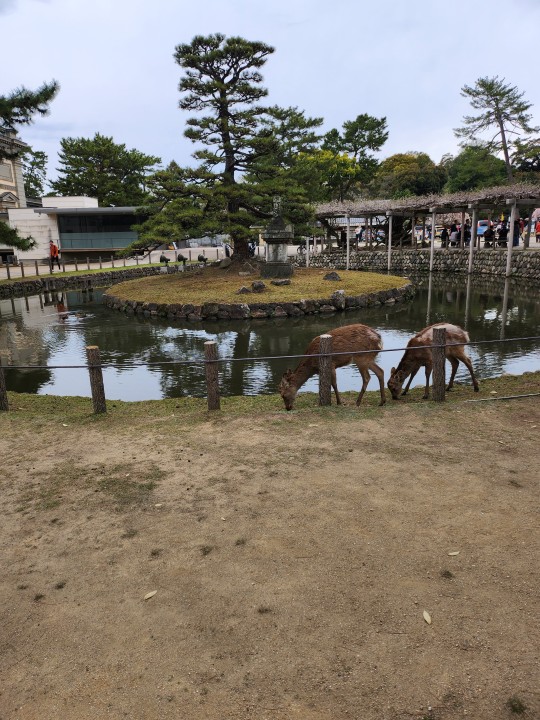



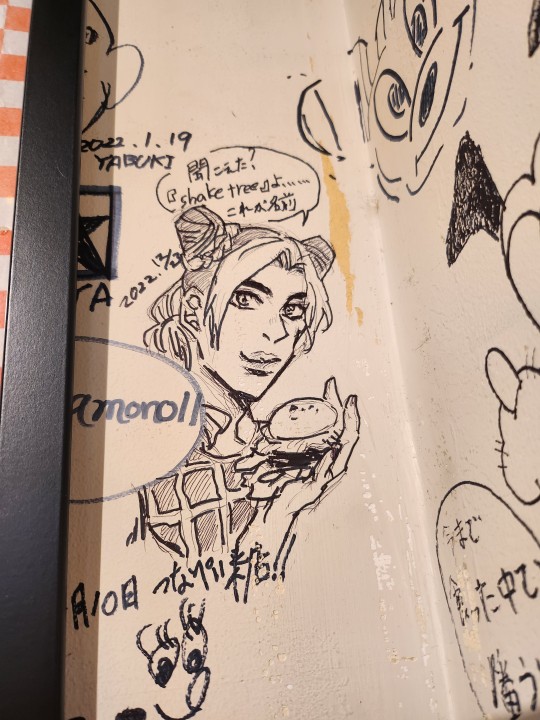




2 notes
·
View notes
Text
Join PANDAddy mingle with Nara's cookie-loving deer here:
youtube
0 notes
Text
youtube
Nara Deer Park - an epic place to visit in Japan! It's one of the cool animal places that Japan has. These deer will come right up to you and eat out of your hands.
#nara park#nara japan#nara deer park#deer park#animecon.org#ryan kopf#chrono lc#animecons#anime midwest#animinneapolis#Youtube
0 notes
Text




Sooo, I got to feed bowing deer in Nara Park today, and it was one of the most magical things I've ever done. 💖🥹💖
582 notes
·
View notes
Text
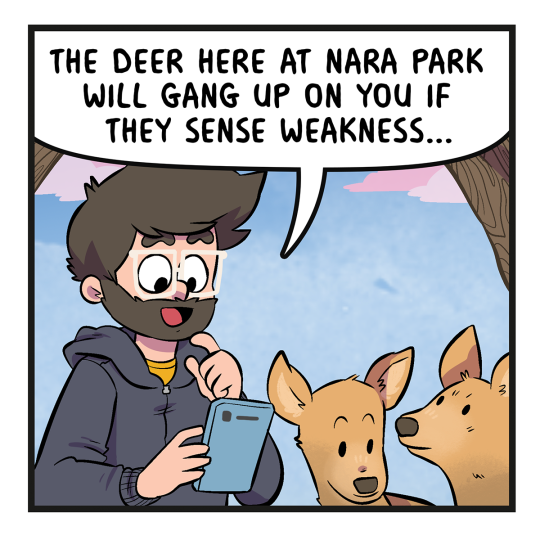







The deer in Nara Park are super friendly...until they get TOO friendly!! 🦌
(A comic from our recent trip to Japan!)
Psst! New tees and stickers in stock and now shipping over at https://shop.oursuperadventure.com 👕
478 notes
·
View notes
Text

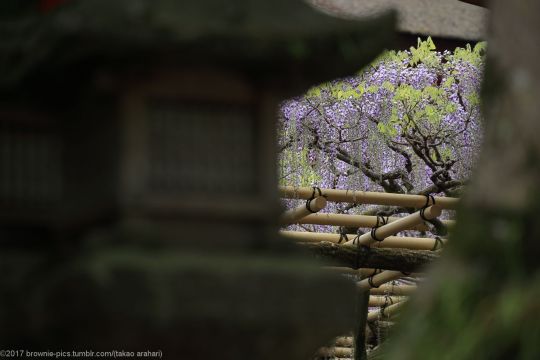


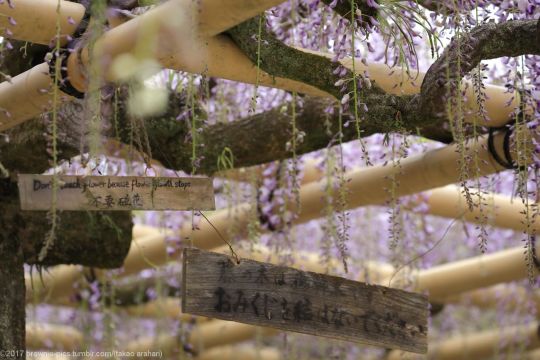

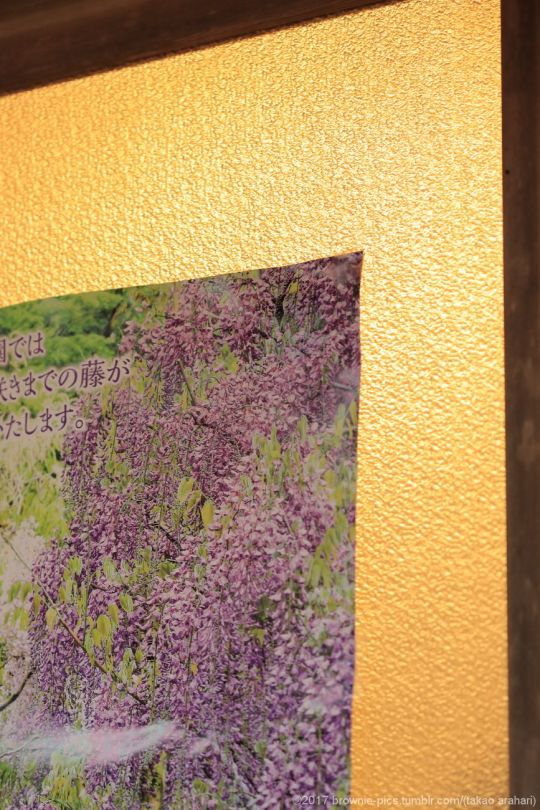


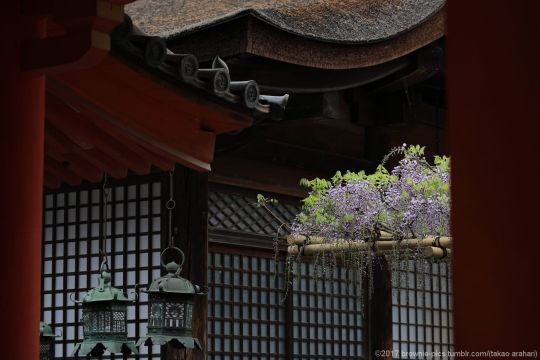
'24.4.21 春日大社にて
開門してすぐの春日さんへ到着。西回廊慶賀門前の藤棚で1枚撮った後、門越しに砂ずりの藤を撮り始めます。その後境内に入るのですがチラリズムな気分で撮り進め、全体像は抑え気味に。しかもポスターなんかも写してみたり・・・何故かって?
「・・だって五分咲き程度なんだからしょうがないじゃないか」(えなりかずき風)
・・失礼しました。
#奈良#nara#奈良公園#nara park#日本#japan#春日大社#kasugataisha shrine#藤#wisteria flowers#鹿#deer#春#spring#photographers on tumblr#natgeoyourshot
192 notes
·
View notes
Photo

It’s February, so we suspect that love might be on your mind. Maybe you enjoy Valentine’s Day in all its hearts, cards, and candy glory. Or perhaps for you, romance is more of a year-around vibe. Either way, it probably won’t surprise you to learn that Japan has you covered. From sacred temples with love-inspired backstories, to otherworldly environments that you’ll have to see to believe, there are plenty of places scattered throughout the country that will leave you swooning. Whether you’re planning a special Valentine’s date with your significant other, or just looking to treat yourself right, read on to learn more about a few of our favorite romantic spots across Japan.
(read more)
#travel#japan#visit japan#Kiyomizu-Dera#kyoto#Meoto Iwa#mie prefecture#Okinawa#Nonomiya Shrine#love shrine#Nara Deer Park#Nara Deer#nara#Meiji Naruhodo Factory#Meiji chocolate#Sakura Season#Sakura
2 notes
·
View notes

